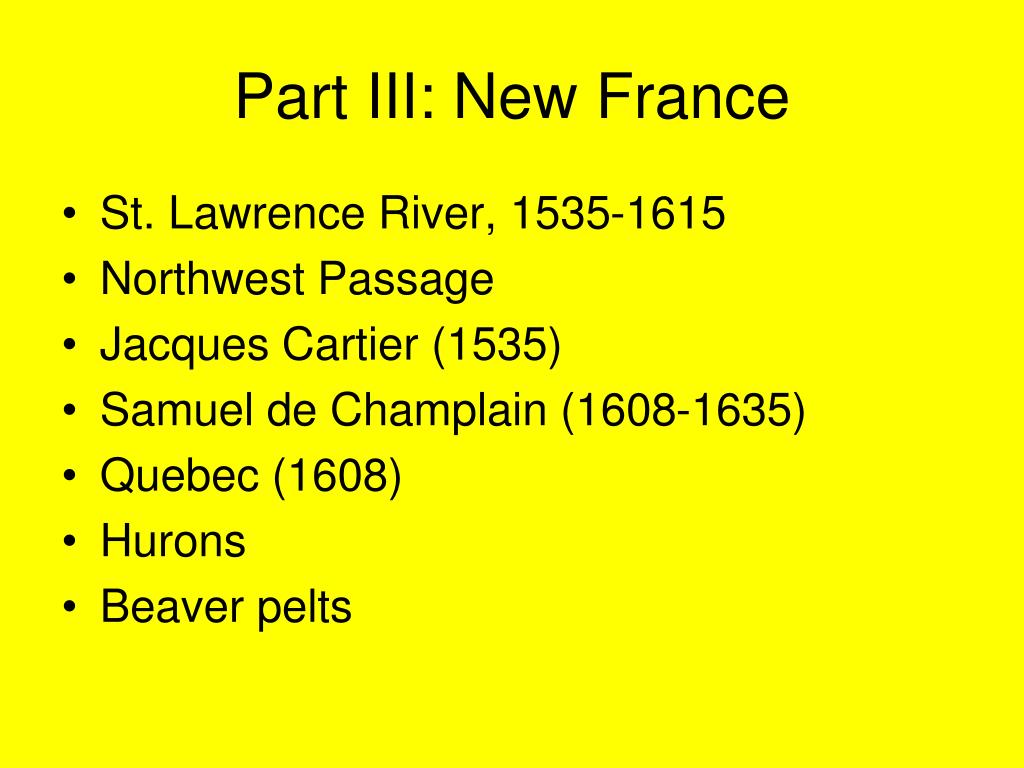
However, the colony was dissolved in 1933, and the territory was divided between French Sudan, Ivory Coast, and Niger. The stamps of the colony were issued until 1932. Other European countries intervened for different reasons. The design was similar to the designs of other French colonies and featured the name “ HAUTE-VOLTA” printed on the faceplate. In 1853 the presence of French missionaries in New Caledonia led to French annexation, possibly for fear of British action and certainly to establish a penal colony (to which convicts were transported until 1897). The final issues of Upper Volta came out on April 13, 1931, and consisted of a set of four stamps for the Paris International Exposition. The postage-dues are designated “ CHIFFRE TAXE A PERCEVOIR.” These feature a large numeric value in the center surrounded by an ornamental frame. The same year, a postage-due set consisting of eight stamps was released for Upper Volta. The first set of definitives features three designs: Hausa Chief, Hausa Woman, and Hausa Warrior.

Era cunoscut ca Echipa naional de fotbal a statului Upper Volta pân în 1984, când statul i-a schimbat denumirea în Burkina Faso. The first “HAUTE-VOLTA” inscribed issues were released on November 16, 1920. They were known as the Upper Volta national football team until 1984, when Upper Volta became Burkina Faso. The overprints and surcharges were rendered in black, blue, and red. Between 19, twenty-eight camel with rider stamps in many colors was overprinted, and some were given new face values. UPPER VOLTA: The Party System in 62 1 (Text as published in 1980 citation above) The land now known as Upper Volta was traditionally dominated by the powerful Mossi tribe, who successfully resisted being conquered by Muslim invaders and preserved their animist beliefs although surrounded by Muslim influences. The first issue in December 1920 consisted of overprints on the 1914 – 1917 camel with rider design of Upper Senegal and Niger. Until the colony was established, the stamps used in Upper Volta were those of French Sudan, followed by Senegambia and Niger, and finally, stamps of Upper Senegal and Niger.įollowing the region’s designation as a colonial status, Upper Volta issued stamps beginning in 1920. Upper Volta existed as a French colony from 1918 to 1932. The new territory was divided into seven administrative divisions. The name Upper Volta referred to the upper part of the Volta River. The territory was comprised of part of the colony known as Haute-Senegal et Niger (Upper Senegal and Niger).

Information on Burundi A former Belgian colony. The first stamps of Upper Volta in 1920 were stamps of Upper Senegal and Niger overprinted “Haute-Volte”.French Upper Volta, or “Haute-Volta,” as it was known in French, was created as a French colony on March 1, 1919. A former French colony in West Africa, formerly called Upper Volta, and dissected by three Volta Rivers. Bordered by Ethiopia, Somalia, and the newly independent nation of Eritrea, Djibouti has been adversely affected by regional tensions.


The leader of the leftist faction of Oudraogo's government, Thomas Sankara, became Prime Minister but was later imprisoned.
#French colony formally known as upper volta full#
The Flag contains three colours, black, red and white which correspond with the three main tributaries of the Volta river, namely the Black Volta, the Red Volta and the White Volta. DJIBOUTI (formerly French Somaliland) D jibouti is a tiny, impoverished republic just north of the Horn of Africa on the strait of Bab el-Mandeb. The Republic of Upper Volta was established on 11 December 1958 as a self-governing colony within the French Community, and on 5 August 1960 it gained full independence. The Republic of Upper Volta, known as French Upper Volta, was part of the French Union until it became a self governing colony within the French community in 1958.


 0 kommentar(er)
0 kommentar(er)
